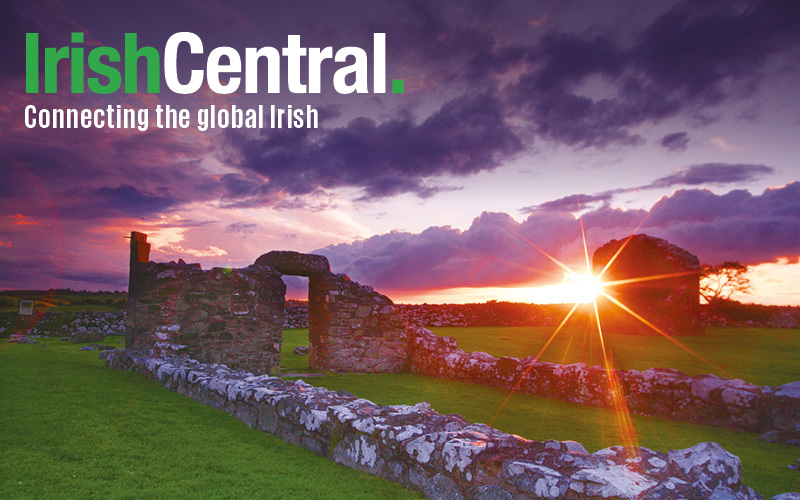Ireland’s population is now at record levels since the Famine – and the country now boasts the highest birth rate in the European Union.
Preliminary results from the 2011 Census record an Irish population of 4,581,269 – up 341,421 from the last count five years ago.
The 2006 Census returned an Irish population of 4.2 million people, the first time the figure had risen above the 4 million mark since 1871.
The 2011 Census was conducted in April and initial figures suggest that the Irish population has grown by 8.1 per cent over the last five years – 100,000 more than predicted by the country’s Central Statistics Office.
Population growth – high in the middle of the Celtic Tiger boom in 2006 thanks to inward migration and a high birth rate – has slowed considerably since the economic downturn.
With 363,500 births against 140,700 deaths between 2006 and 2011, the Irish population has witnessed a natural increase of 222,800 people.
“This is extremely strong by international comparisons,” claimed the Central Statistics Office (CSO).
The CSO also noted that Ireland experienced strong net inward migration of about 118,650 people for the early years of the five years period but this trend has switched to net outward migration in the latter part of the cycle.
Despite the increase in emigration – much of it down to non-nationals returning home - Ireland’s very high birth rate means the population has continued to grow.
The latest figures released by the CSO highlight some 73,724 births last year, down slightly from 74,278 the year before with Ireland estimated to have had the highest birth rate in the European Union in 2009.
Laois is the county with the fastest-growing population, up by 13,399 from 67,059 in 2006 to 80,458 in 2001, a rise of 20 per cent. Cavan, with a 13.9 per cent, was the second fastest growing county.
Other growth counties were Fingal (13.8 per cent), Longford (13.3 per cent), Meath (13.0 per cent) and Kildare (12.7 per cent), all part of the wider Dublin commuter belt.
Cork city and county now exceeds a 500,000 population for the first time since the Famine with county Cork showing an increase of 37,339 or 10.3 per cent. Galway was the only other county outside of the Dublin area to record double digit increases.
Other interesting results from the 2011 Census include:
- The population of Limerick and Cork cities fell by 5.0 per cent and 0.4 per cent respectively between 2006 and 2011.
- There are now more females than males in the country with 981 males for every 1,000 females.
- There are now 43,864 more females than males in the State.
- Dublin had the lowest ratio with only 949 males for every 1,000 females, while the Midlands was the only region to show more males than females with 1,002 for every 1,000.
The first definitive results from the 2011 Census won’t be available until March.




Comments